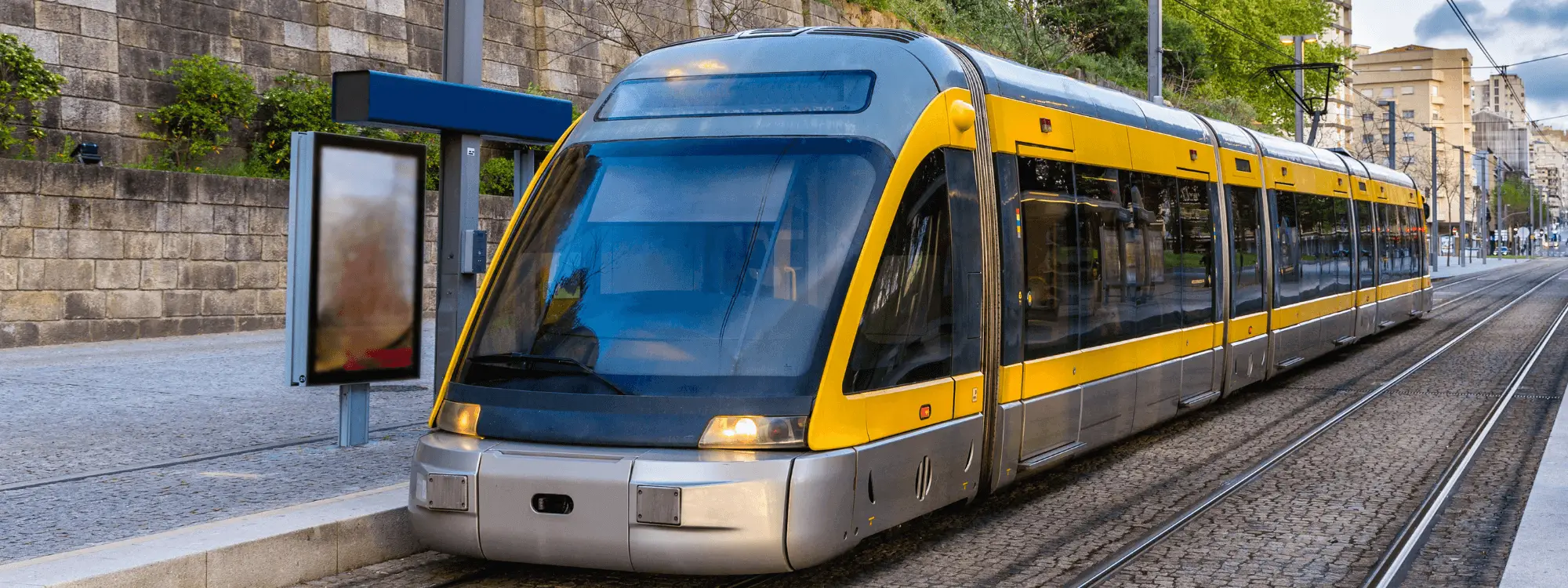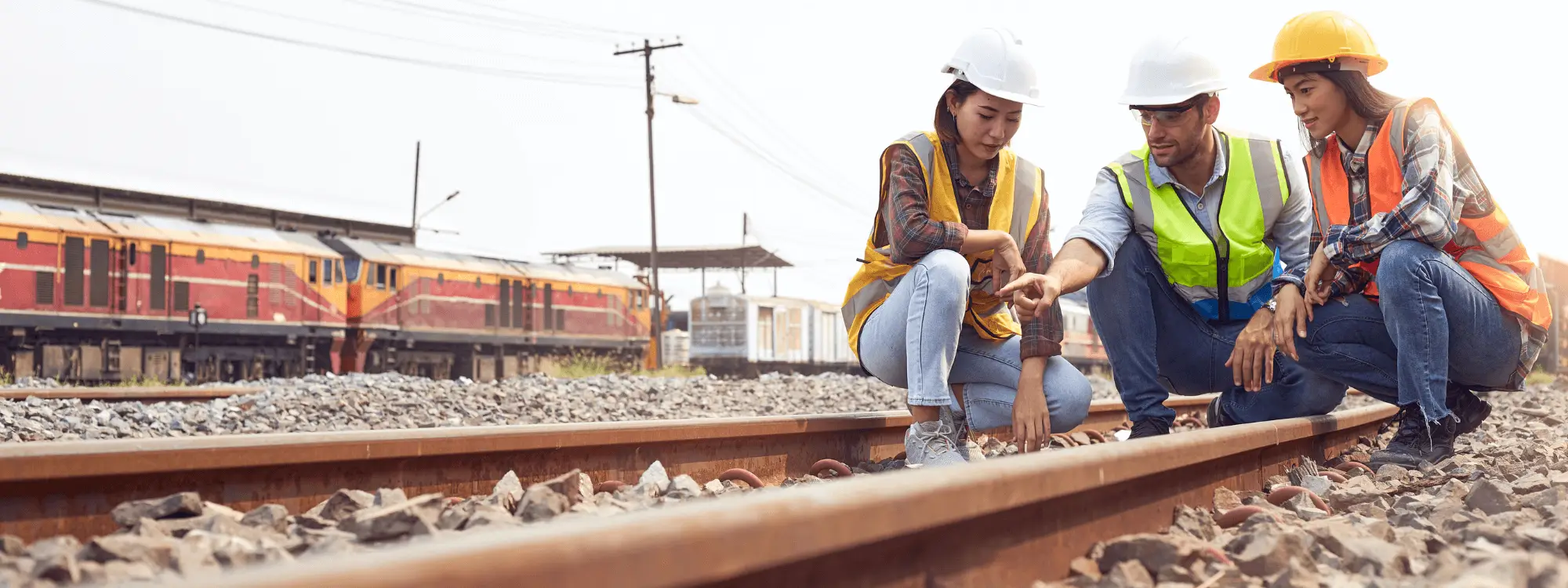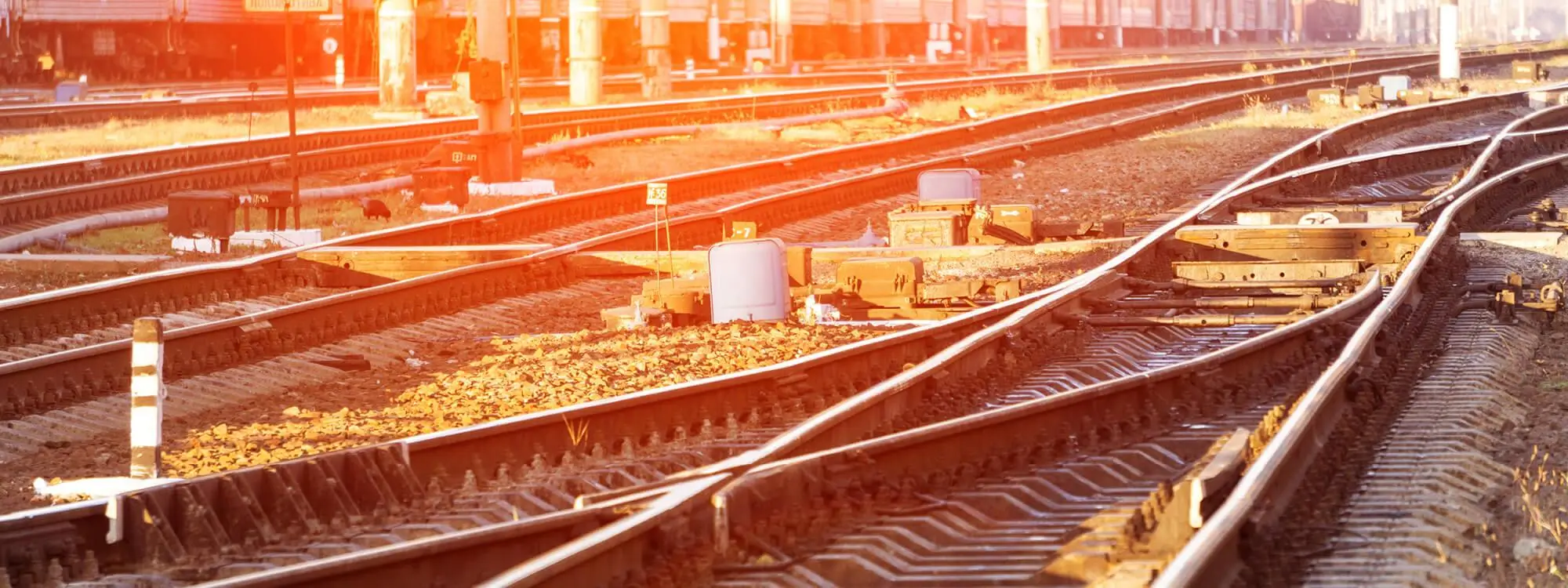
14 Must-Have Technical Skills to Succeed as a Rail Engineer
Navigating a career as a rail engineer isn’t just about hitting the ground running – it’s about mastering the skills that keep you ahead. These technical skills are what make rail systems safer, smarter, and more sustainable, and your expertise is what drives that progress. Whether you’re designing infrastructure, maintaining rolling stock, or solving real-time challenges, the right competencies make all the difference.
If you’re ready to embrace new opportunities in rail engineering, head over to our wide range of rail jobs.
1. Signalling Systems Expertise:
Understanding signalling systems is key to ensuring efficient and safe rail operations. From design to maintenance, it’s a foundational skill that's critical to the heart of rail system functionality.
2. Track Design and Maintenance:
Safe, reliable operations hinge on track design. Rail engineers need to know how to align tracks, balance loads, and schedule proactive maintenance to prevent costly disruptions.
3. Electrification and Power Systems:
The industry’s shift to electrification is unstoppable. Expertise in power distribution, sustainable energy solutions, and electrification technology adds value to both projects and careers.
4. Rolling Stock Engineering:
Deep knowledge of locomotives and carriages ensures rolling stock performs to its best, stays safe, and meets modern demands for efficiency and innovation.
5. Infrastructure Design:
Stations, tunnels, bridges – rail engineers keep these vital connecting points resilient and reliable. Structural and civil engineering principles are essential here.
6. Safety and Compliance:
Passenger and workforce safety is non-negotiable. Rail engineers need a thorough understanding of regulations and compliance standards to ensure operations are consistently safe and efficient.
7. Communication Systems:
Modern rail systems rely on seamless communication tech, whether it’s public address systems, real-time data sharing, or advanced networking – proficiency here is non-negotiable.
8. Computer-Aided Design (CAD):
CAD isn’t just a tool – it’s the backbone of modern engineering. From detailed designs to industry-grade 3D models, CAD brings rail innovation to life.
9. Project Management:
Projects don’t just need to be done. They need to be done right. Rail engineers with strong project management skills can navigate budgets, timelines, and team dynamics like pros.
10. Problem-Solving Abilities:
Complex systems come with complex challenges, and that’s where the best rail engineers come into their own. Thinking creatively and acting decisively makes all the difference.
11. Data Analysis and Predictive Maintenance:
Data is king when it comes to keeping rail networks running smoothly. Analysing patterns and using predictive maintenance helps reduce downtime and keep everything moving.
12. Environmental Sustainability:
Sustainability isn’t a trend – it’s the future. Expertise in environmental best practices and green engineering gives rail engineers the edge in creating lasting, eco-friendly impact.
13. Industry Regulations and Standards:
The rail industry evolves fast, and so do its standards. Staying in sync with the latest guidance isn’t optional; it’s how rail engineers stay ahead of the curve.
14. Geographical Information Systems (GIS):
GIS technology takes data-driven decision-making to the next level. By analysing geographical data, engineers can make smarter choices about infrastructure development and maintenance.
If broadening your skills and shaping major infrastructure excites you, take the next step with us. Explore our diverse range of rail jobs, or learn more about the industry on our dedicated rail recruitment page.
Let’s move the rail industry forward together.



